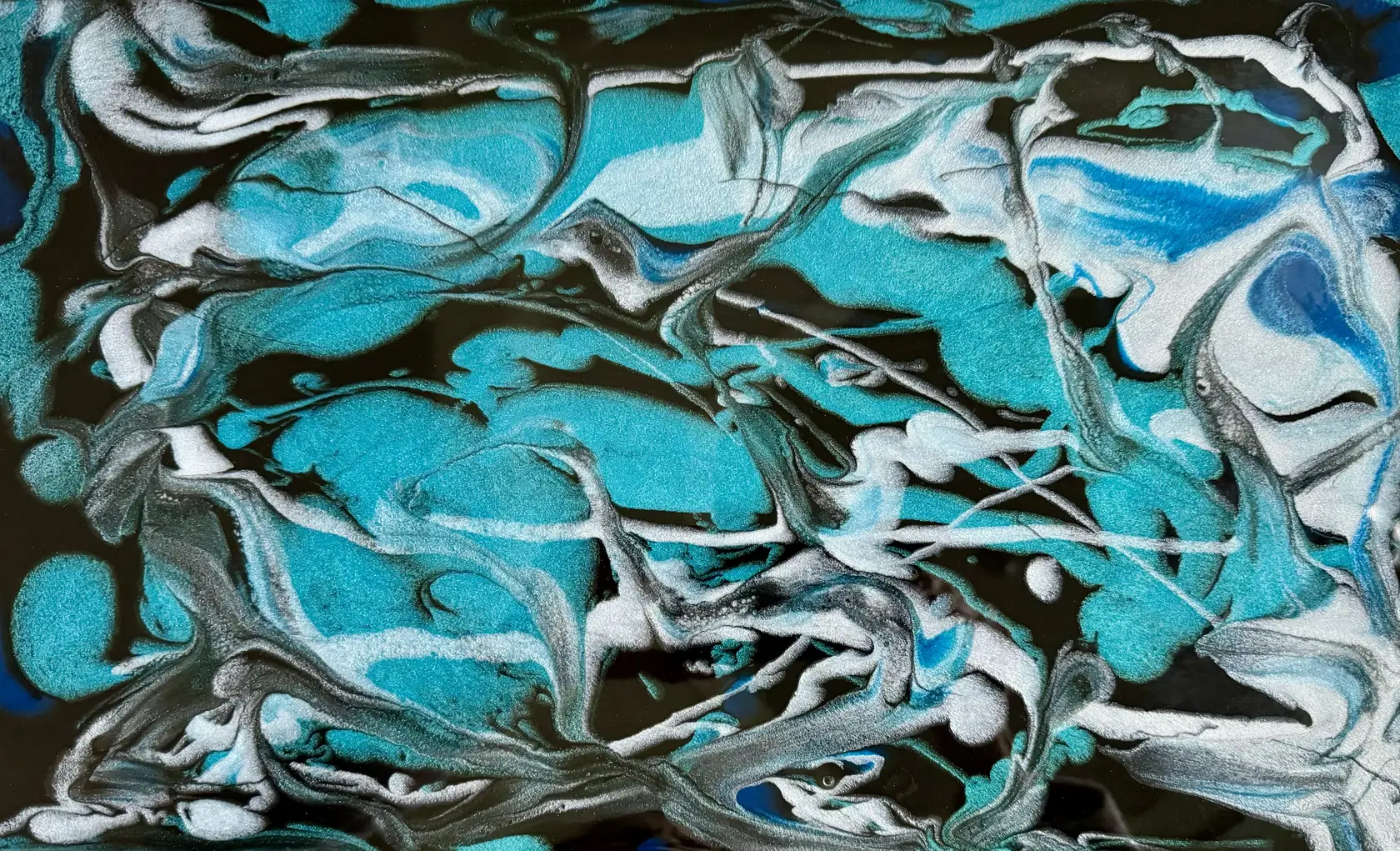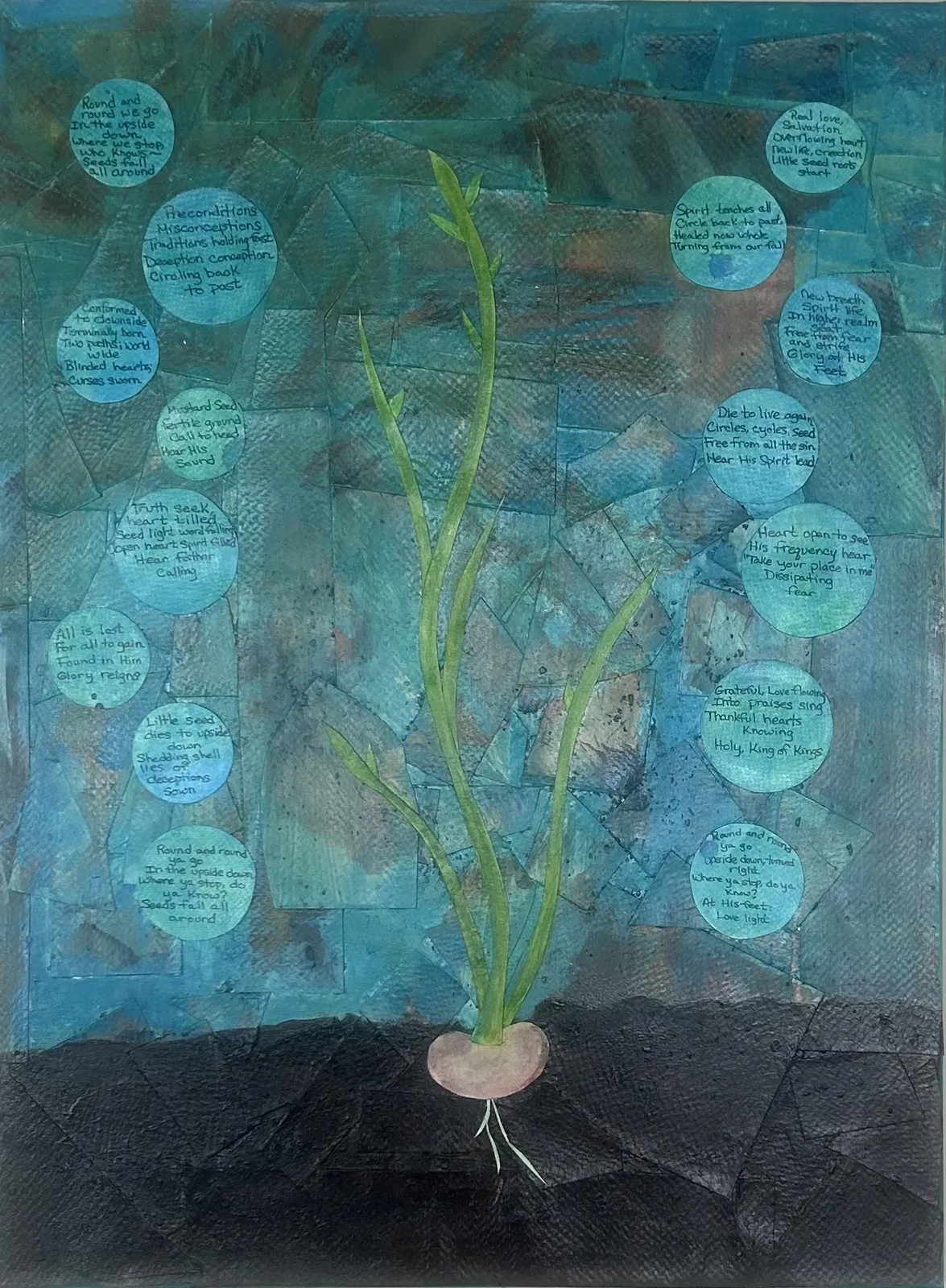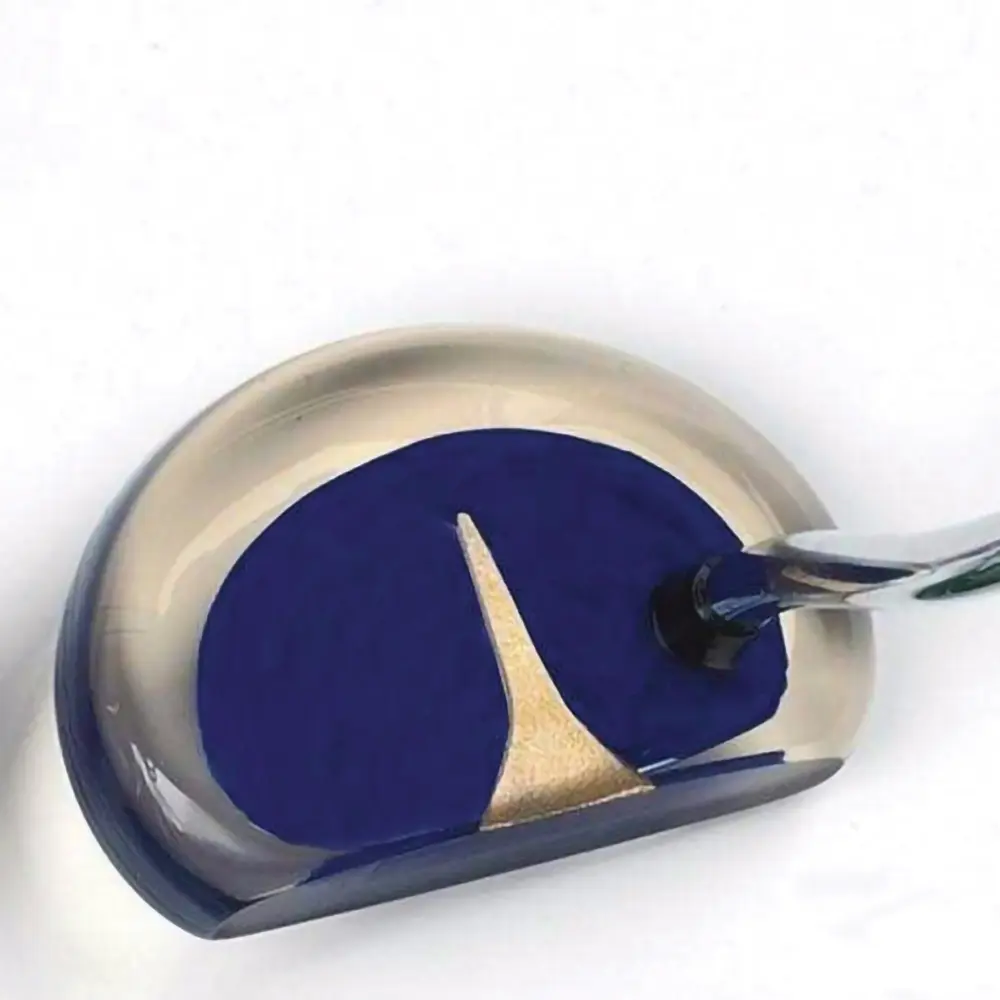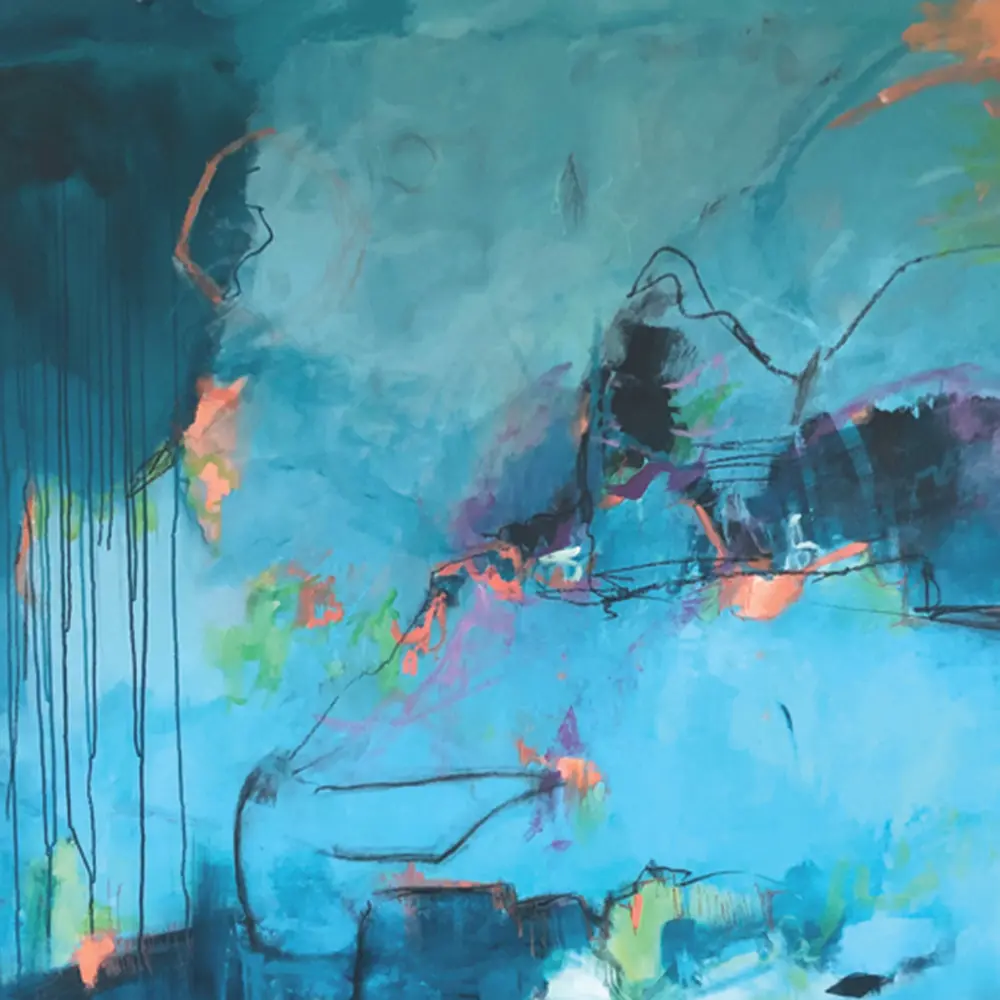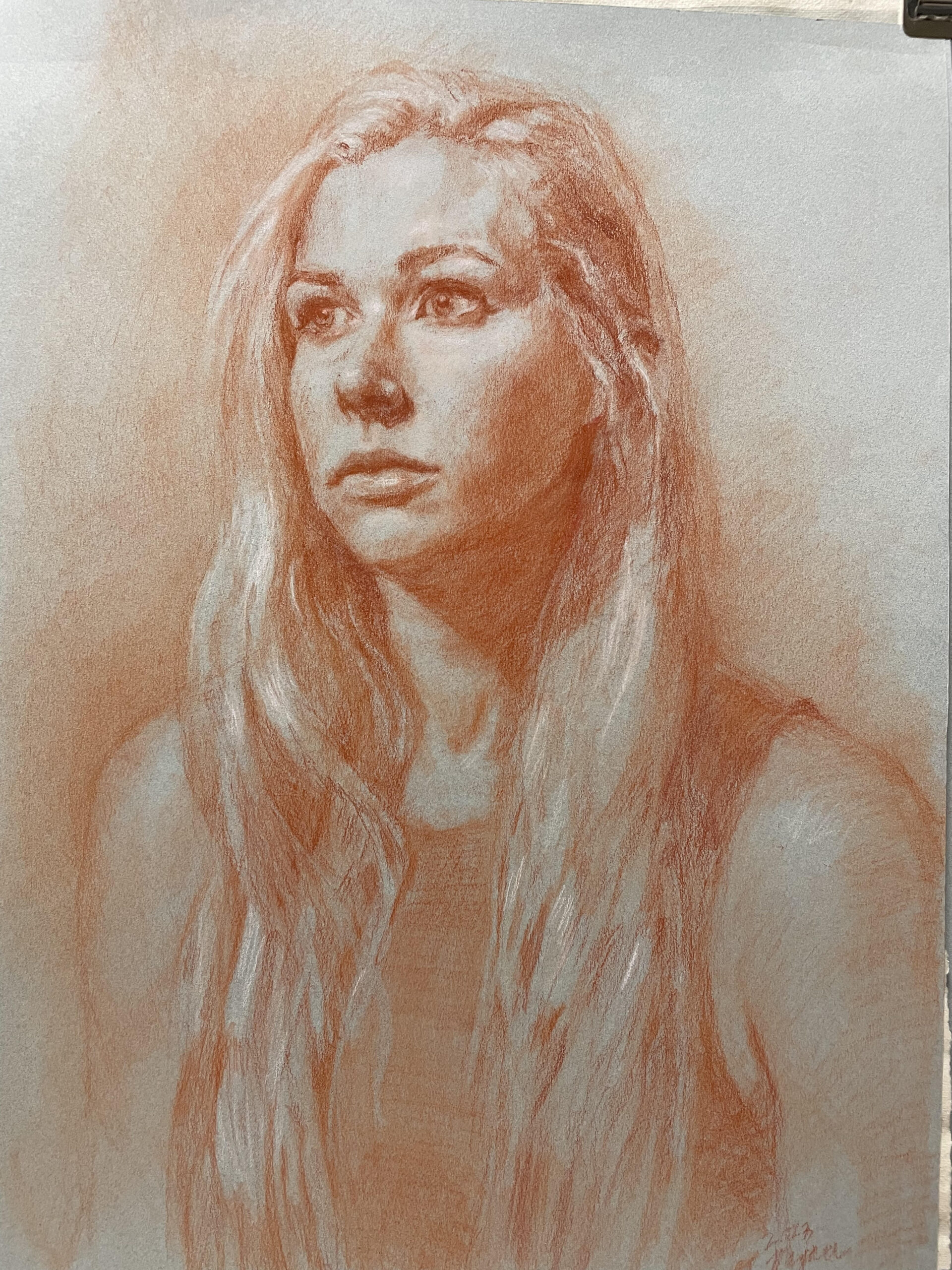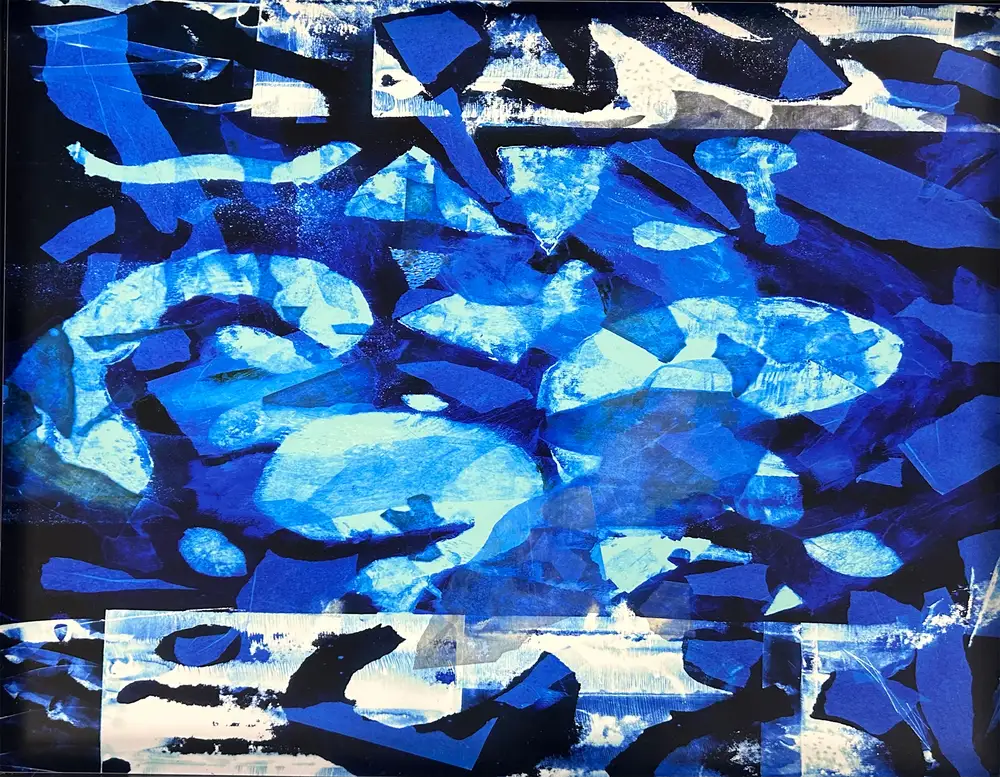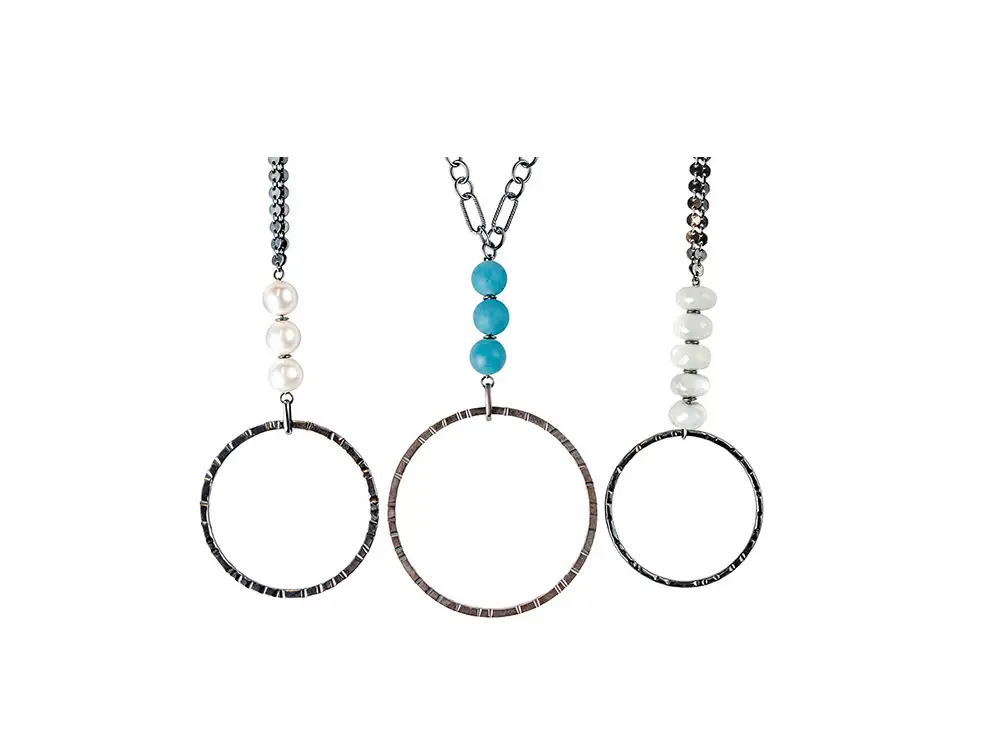Lighting for Your Art
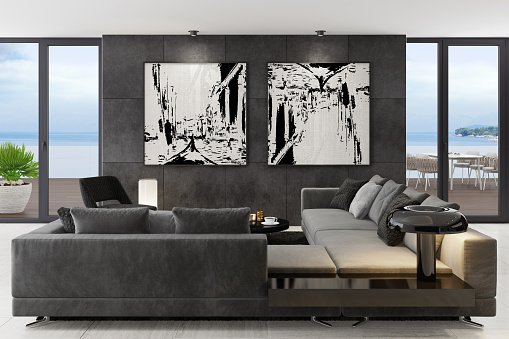
Lighting is an important consideration when it comes to displaying artwork. You should choose the lighting that best highlights each piece because even the most striking work of art can be relegated to mediocrity when the lighting is poor. Furthermore, proper lighting techniques should not be damaging to your works of art. The lighting should enhance the art in terms of aesthetics and long-term preservation; it should not diminish its beauty.
The best lighting for your art allows viewers to fully see and appreciate it. Balanced illumination minimizes shadows, glare, and distortion of shape/form and colors that would otherwise obscure the work. It also mitigates damage from light and heat exposure. This means that configuring the lighting for your art with regard to the fixtures themselves, different lightbulb types, and positioning in your space is key.
There are several lighting fixtures for displaying your artwork. One type is a specialized picture light that sits directly above a wall-mounted piece of art. An accent light is another type of fixture that is stationary and ceiling-mounted to illuminate light your art from above at a particular angle. There are also track lights which are a series of small, adjustable lamps attached to a ceiling-mounted track bar. And yet another type of light fixture is the wall washer, which is an individual or strip of lighting that you can position along the edge of a wall to brighten the whole wall. The right choice for your art will depend on its size and the position it will hold in your display space.
Choosing the most appropriate lightbulbs is another critical element when it comes to displaying your artwork. If you choose the wrong bulbs, the light that emanates can fade or otherwise damage your art. You will need to choose from a variety of display lighting lightbulb options, such as LED, halogen, or incandescent bulbs. LED bulbs are considered to be the safest and least-destructive lights for displaying art because they are energy-efficient and do not emit any ultraviolet light which can damage artwork. Halogen bulbs offer exceptional bright light, but the bulbs can become very hot so it is important to keep the art at a good distance to avoid the risk of heat damage. Incandescent bulbs provide warmer lighting than halogen bulbs which can be flattering for certain artworks but not all; they also get very warm and could damage your art if you aren’t careful.
In terms of aesthetics, something to note is that specific art mediums require specific lighting options. Different works of art have different characteristics that are impacted by the type of lighting used to display them. Oil paintings, for instance, are glossy in nature, which means you must consider issues of glare when displaying them. But sculptures, on the other hand, do not generally suffer from glare issues and should be lit from multiple angles to really highlight all the dimensions of each piece.
Longevity and aesthetics are both important things to evaluate when you want to display works of art. Whether you have a large collection to display or individual pieces you want to highlight, display lighting should make your works of art focal points in your home. Paying attention to lighting is fundamental to displaying your art for the most optimal and long-term enjoyment possible.
The Naples Art District is home to the largest concentration of working artists in Southwest Florida; it provides a place for over 90 professional fine artists to share their talents with one another and with visitors from around the world. The member artists of the Naples Art District (NAD) maintain studios and galleries in the District that are regularly open to the public; they also present special events and offer educational opportunities throughout the year. Contact the Naples Art District via their website or by calling 239-249-1977 for more information.
